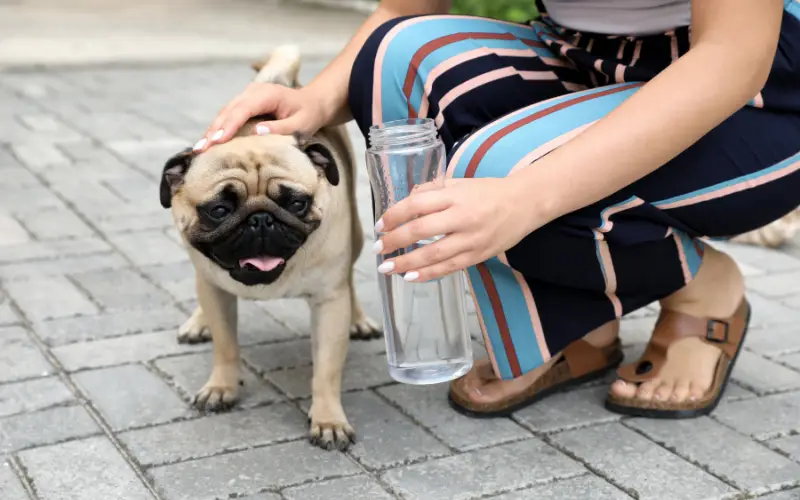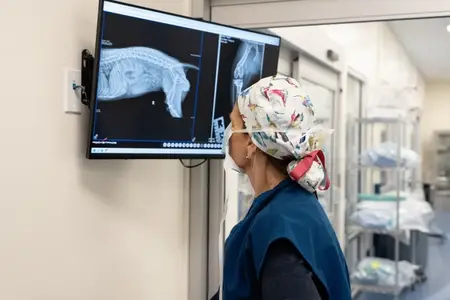Summer is in full swing and as the temperatures rise so does the risk of heat stroke—not just for humans, but for our beloved pets as well. Heat stroke is a serious and potentially fatal condition that occurs when an animal’s body temperature rises to dangerous levels and can’t be regulated. Understanding the signs, risks, and prevention methods is crucial for keeping your pets safe during the summer.
What is Heat Stroke?
Heat stroke occurs when a pet’s body temperature exceeds 104°F (40°C) and their cooling mechanisms, like panting or sweating through their paws, fail to regulate it. Dogs and cats are especially vulnerable because they don’t sweat the way humans do. Short-nosed (brachycephalic) breeds like Bulldogs and Pugs, elderly pets, overweight animals, and those with underlying health conditions are at higher risk for heat stroke.
Signs & Symptoms – Heat Exhaustion vs. Heat Stroke
Heat exhaustion is a milder form of overheating, where the body temperature rises above normal, but not dangerously high, while heat stroke is more severe. Heat exhaustion can be treated with cooling measures and rest, while heat stroke requires immediate veterinary attention to prevent organ damage and death. Recognizing the early symptoms can make the difference between life and death.
Common signs of heat exhaustion include:
- Excessive panting or drooling
- Rapid heart rate
- Tiredness
- Bright red gums
- Vomiting or diarrhea
Common signs of heat stroke include the symptoms above as well as the following:
- Vomiting or diarrhea (usually with blood)
- Extreme weakness or lethargy
- Disorientation or uncoordinated movements
- Collapse or seizures
If you notice any of these signs, take action immediately.

What to Do in an Emergency
If you suspect heat stroke, move your pet to a cooler environment right away. Use cool (not cold) water to wet them down and apply damp towels to their body, especially around the neck, armpits, and groin area. Offer small amounts of cool water if your pet is alert, and contact your veterinarian or an emergency animal hospital as soon as possible.
Prevention is Key
Prevention is always better than treatment. Here’s how to protect your pet on hot days:
- Never leave your pet in a parked car. Even with windows cracked, temperatures can become deadly within minutes.
- Limit exercise during peak heat. Walk your dog early in the morning or late in the evening, when it’s cooler.
- Be wary of hot surfaces such as concrete. Stick to grassy areas or get your walk in before temps rise. Some pets will tolerate booties as another protective measure.
- Provide plenty of fresh water and shade. Make sure your pet has access to both at all times when outdoors.
- Know your breed. Thick-coated, elderly, and brachycephalic pets are at an increased risk for heat stroke.
Final Thoughts
Heat stroke is fast, dangerous, and often preventable. By staying vigilant and informed, you can ensure that the dog days of summer will be an enjoyable season for both you and your pet.
If you have any questions or concerns, call us at 949-653-9300 or if you’re in Southern California, we welcome your visit to our Emergency and Critical Care facility, now open 24 hours a day, 7 days a week.
The information contained in the article is for informational purposes only and is not intended to take the place of the advice of a veterinarian.




